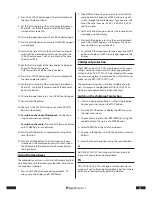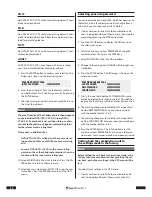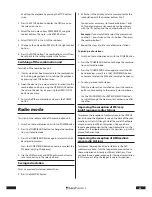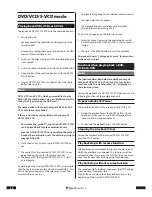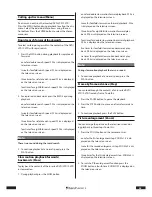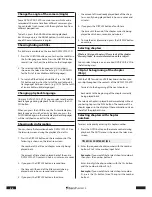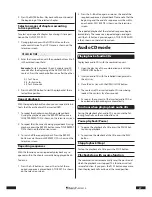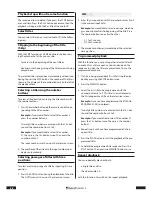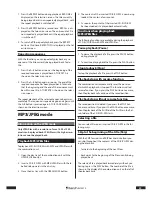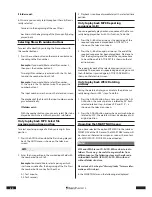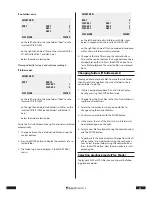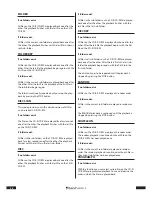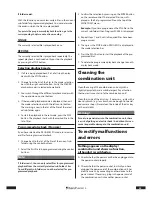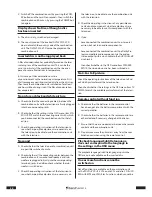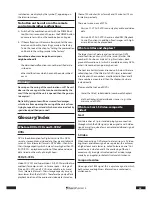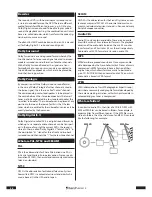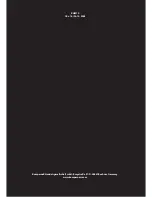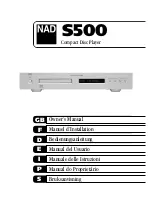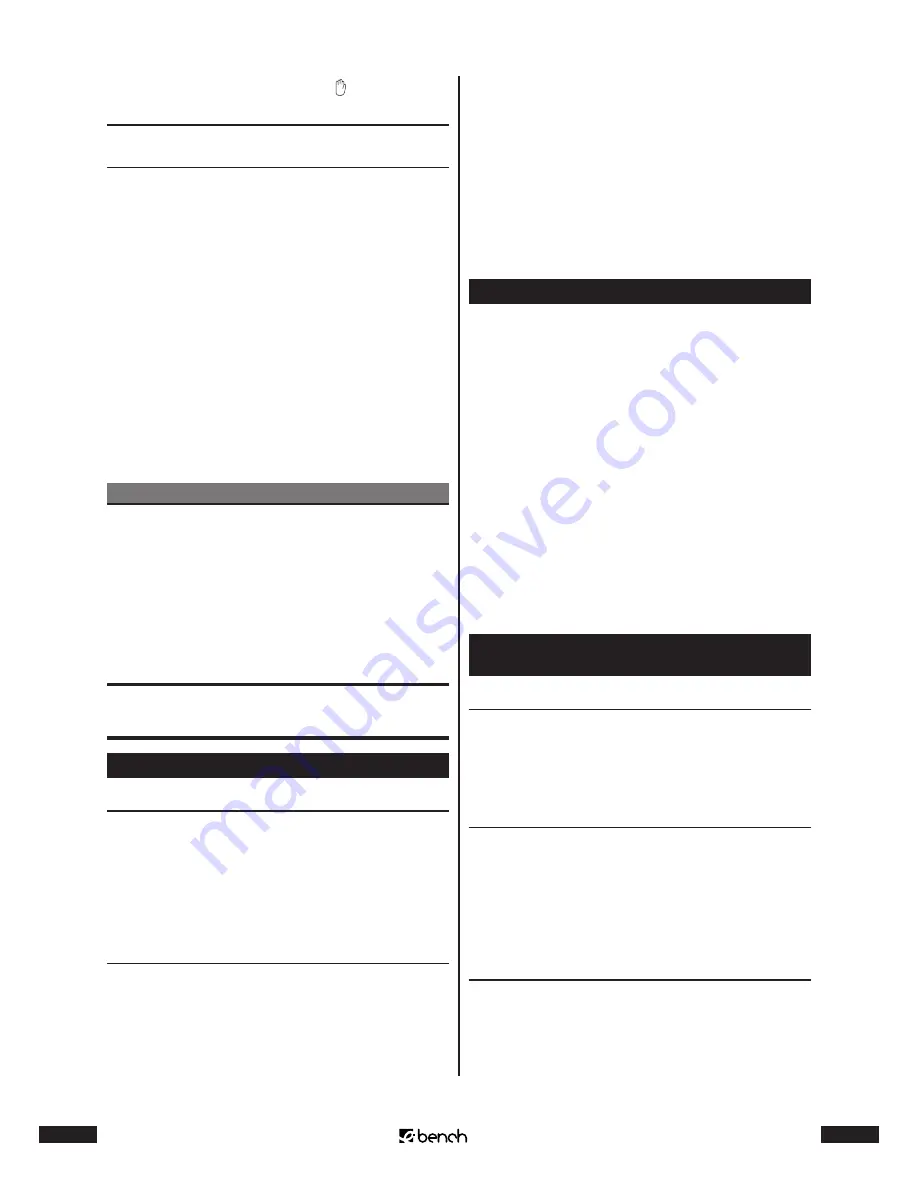
34
KH 2370
35
KH 2370
switched on, are display by the symbol appearing on
the television screen.
No button on the unit or on the remote
control works/other malfunctions
A
Switch off the combination unit with the POWER but-
ton. Wait ten seconds and the press the POWER button
once more to switch on the combination unit again.
B
If the malfunction still occurs afterwards: Set the com-
bination unit back to the settings made in the factory.
To do this, look at the chapter “Setting the combination
unit back to the settings made in the factory”.
Consult one of our service partners in your
neighbourhood if
• the described malfunctions cannot be rectified as de-
scribed or
• other malfunctions which have not been described
occur.
Warning!
Never open the casing of the combination unit! The unit
does not have any parts that can be maintained by the
user! If the casing of the unit is opened then the guaran-
tee expires!
No liability/guarantee will be assumed for damages
which arise from opening the casing of the unit or from
trying to repair the unit and which are not carried out by
specialized qualified personnel!
Glossary/Index
What are DVDs, VCDs and S-VCDs?
DVDs
DVD is the abbreviation for Digital Versatile Disc. DVDs
serve to store audio and video data; they are available in 8
cm and 12 cm (diameter) formats. DVDs offer – thanks to
their storage capacity which is many timer higher than CD-
Rs/CD-RWs – a playback duration of the audio and video
data stored on them of up to eight hours.
VCDs/S-VCDs
Video-CD (VCD) and Super Video-CD (S-VCD) describe two
methods for compressed– i.e. to save space – storage of
films on CDs. VCDs and S-VCDs are available in 8 cm and
12 cm (diameter) formats. Their storage capacity is many
times lower than that of DVDs. Therefore they only offer a
playback duration of the audio and video data stored on
them of 20 minutes (8 cm format) and 74 minutes (12 cm
format) respectively
There are two versions of VCDs:
• Version 1.1 VCDs/S-VCDs can only play audio and video
data.
• Version 2.0 VCDs/S-VCDs have so-called PBC (Playback
Control) functions. In addition, fixed images with high-
er resolution can be played back
What are titles and chapters?
The largest units of picture and sound units on DVDs
are called titles; on many DVDs, the (main) film has title
number 01. For bonus material (e. g. film trailers, back-
ground information etc.), which is available on many DVDs,
other title numbers can possibly be used.
The next smallest picture and sound units below titles are
called chapters. If the title(s) of a DVD is(are) subdivided
into chapters, then numbers are allocated to them and if
these numbers are entered, then the chapters can be se-
lected directly.
Please note that not on all DVDs
• is(are) the title(s) subdivided in (numbered) chapters
• are the chapters also described as scenes (e. g. in the
main menu of DVDs)
What are Scart, S-Video, composite
video?
Scart
Scart describes a 21-pin standard plug-type connection
through which the RGB signals, video signals and S-Video
signals as well as quite a few control and additional signals
are transmitted.
S-Video
When connecting a DVD player to a television via S-Video,
brightness and colour signals are separated; this achieves
a higher focus and a lower so-called “coloured noise”. Col-
oured noise is what one calls the overlaying of the col-
oured, mostly strongly saturated parts of a video image
made by an irregular, turbulent structural disturbance.
Composite video
Video signal or FBAS signal; this is a picture signal in which
both colour and brightness information is contained si-
multaneously.

